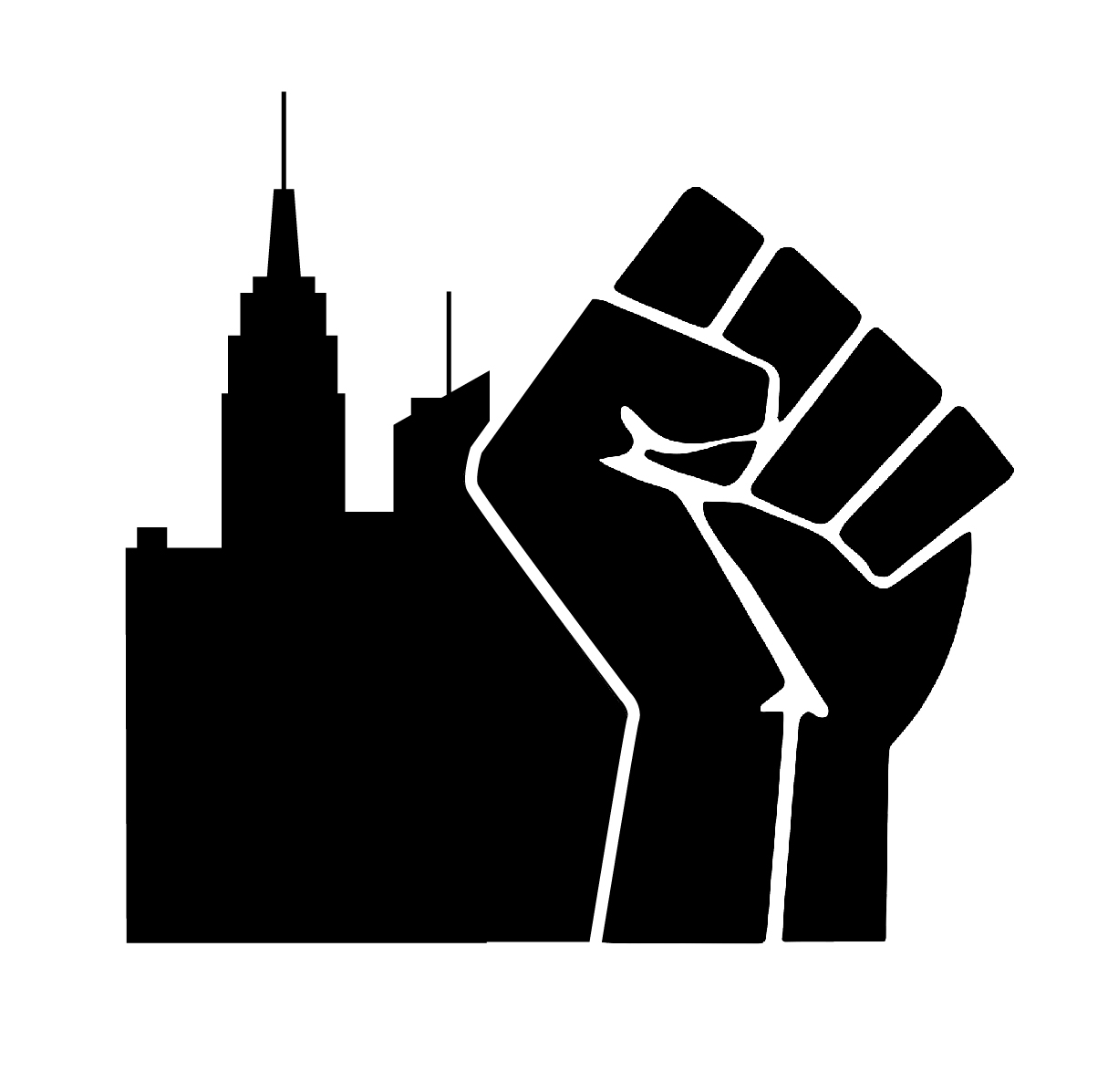Can you imagine a facility where individuals can go to inject heroine safely with clean supplies and medical supervision being allowed to exist, legally speaking? If you said no, you’re in for a great surprise. Safe injection sites exist around the world as lawful facilities supervised by licensed health personnel where drug addicts inject drugs that they acquired elsewhere. They have been operating in Europe since the 1980s and there are today approximately 120 sites operating in twelve countries.
Staff members do not inject the drugs, but rather provide sterile injection supplies to addicts for self-injection, answer any questions on safer injection methods, administer first aid and monitor for possible overdose. These sites typically also offer general medical help and referrals to drug treatment and other programs. Safe injection sites also successfully reduce public drug use in communities by getting drug use off the streets and inside the privacy of clinics.
Contrary to the initial skepticism and fear of many policy makers, these sites have proven to be incredibly beneficial to both drug addicts and to their communities. These sites save money; reduce deaths due to overdose; reduce overdoses; reduce the transmission of blood-borne viral infections and other injection related infections; increase access to health and addiction care; reduce public drug use and reduce crime rates. Despite all these amazing benefits, there is not one such site in the United States. It is time to learn from other countries including our neighbor, Canada.
Insite, is North America’s first and only safe injection, and it is located in Vancouver’s Downtown Eastside, where overdose deaths shot up from a couple dozen per year to more than 350 deaths per year. Insite was created in 2003 as a pilot exemption to the Canadian drug laws. After seeing the success of the site, Canada’s Supreme Court determined that continuing the facility is in the best interest of people’s health and safety.
Since its opening, there was a immediate decrease in crime rates in Vancouver, and in arrest rates for vehicle break-ins. Another study also found that between 2003 and 2005 there was a decrease in sex trade activity (by 19%), thefts (by 32%), shop lifting (by 20%), and sexual assault (by 66%). Car thefts dropped in 2003 and 2004 and although they increased slightly in 2006, the rate was still 10% below the 2003 level. Breaking and entering rates showed similar trends and in 2006, they were 20% below the 2003 level.
Insite also has supervised more than 3.6 million injections and responded to more than 6,000 overdoses. However, due to the supervised environment and presence of medical assistance, no one has ever died there. The operation of Insite did not increase or encourage drug use, but rather the rate of fatal overdoses decreased in and around the immediate area of the site. One study found, within 500 meters of the facility, the overdose mortality rate decreased by 35% in the post safe injection site period, from 253.8 per 100,000 persons per year to 165.1 per 100,000 persons per year. Although a smaller decrease, there was also a 9.3% decrease in the fatal overdose rate in the rest of the city, from 7.6 per 100,000 person per year to 6.9 per 100,000 person per year.
These facilities also save the government money. The Council of Economic Advisers found that overdose fatalities for 2015 cost the U.S. between $221.6 billion to $549.8 billion. These billions of dollars can be saved by opening safe injection sites. Another study shows that Insite prevents 84 HIV annually, saving 17.6 million Canadian dollars in life-time HIV related medical care cost. Insite only costs 3 million Canadian dollars to operate. The operating costs ultimately become nothing, compared to the 17.6 million Canadian dollars that Insite saves the government.
Of course, there are also benefits to the drug using individual. Intervention by safe injection sites led to increases in referrals to an addiction treatment center, initiation of a detox program and initiations of methadone therapy. Among the injection drug users who used Insite, 18% engaged in a detox program, 57% started an addiction treatment, and 23% stopped injecting drugs.
So, why don’t we have any safe injection sites in America? The answer is simple. Our laws and our punitive attitude stand in the way. For example, in 2018, Safehouse, a nonprofit group, was formed to house America’s first safe injection site in Philadelphia. Philadelphia has one of the nation’s highest rates of overdose deaths. However, the Justice Department filed a civil lawsuit, asking the court to declare that injection sites are illegal under the Controlled Substances Act. This lawsuit has stalled the opening of a safe injection site in Philadelphia. The lawsuits is based upon two sections of the federal criminal code. Section 844 prohibits drug possession and would be violated by every individual who showed up to the site with drugs. Operators of the site would also violate section 856, which makes it illegal to knowingly open, maintain, or control any place for the purpose of unlawfully using a controlled substance. Americans would prefer to see drug users and anyone that enables drug use in jail, rather than implementing safe injection sites that have been empirically proven to benefit both drug users and all of society.
We should follow Canada and the many other countries who have left behind such punitive attitudes. The time is now to create an exemption to the federal laws and to make safe injection sites a reality and not a figment of our imagination. They could operate, at least as pilot projects for the next 5 years and the benefits even in that short time will be great. It’s simply absurd that America still thinks it’s better off with punitive measures instead of proven, innovative public health programs.

